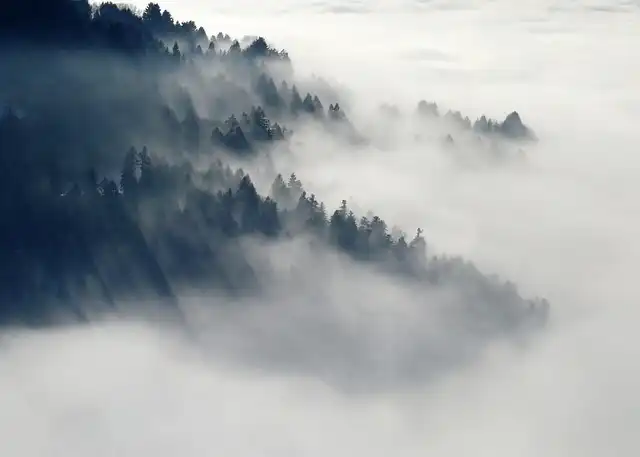Carbon allocation between storage and growth plays a significant role in determining how plants respond to changes in external environment.
During photosynthesis, carbon dioxide is absorbed from the air and converted into non-structural carbohydrates (NSCs, including soluble sugars and starch), which can be used both as energy carriers and as building blocks for anabolic processes (i.e., growth, storage and reproduction). NSC therefore serves as the primary currency for carbon allocation when exposed to cold climates.
In order to reveal the NSC pattern and the sugar/starch ratio in response to elevation, a research team from the Wuhan Botanical Garden of the Chinese Academy of Sciences conducted a meta-analysis of NSC and sugar/starch ratio along 90 elevational gradients worldwide based on assembled 67 studies.
The results were published in Environmental and Experimental Botany.
Results showed that total NSC of aboveground organs including leaf, branch and stem increased significantly with elevation. Trees growing within warmer mountain ranges, which possess a greater respiratory metabolic rate, tended to store larger amounts of NSC in leaf in response to increasing elevation compared to tree located in colder mountain ranges.
With tree species type considered as a moderator, the increase of NSC in leaves and stems only appeared in treeline tree species, but not in non-treeline tree species.
Despite considerable variation in NSC of different organs among regions, the sugar/starch ratio in mountain trees does not vary with elevation.
The study reveals a relatively stable sugar-starch partitioning pattern in mountain trees across the world, which predominately modulates the balance of carbon assimilates between supply and demand. It provides implications for understanding how trees respond to climate change in terms of carbon ecophysiology.
This work was supported by the National Natural Science Foundation of China.
Read the paper: Environmental and Experimental Botany
Article source: Chinese Academy of Sciences
Author: Li Yuan
Image credit: Christa Regina / Pixabay








